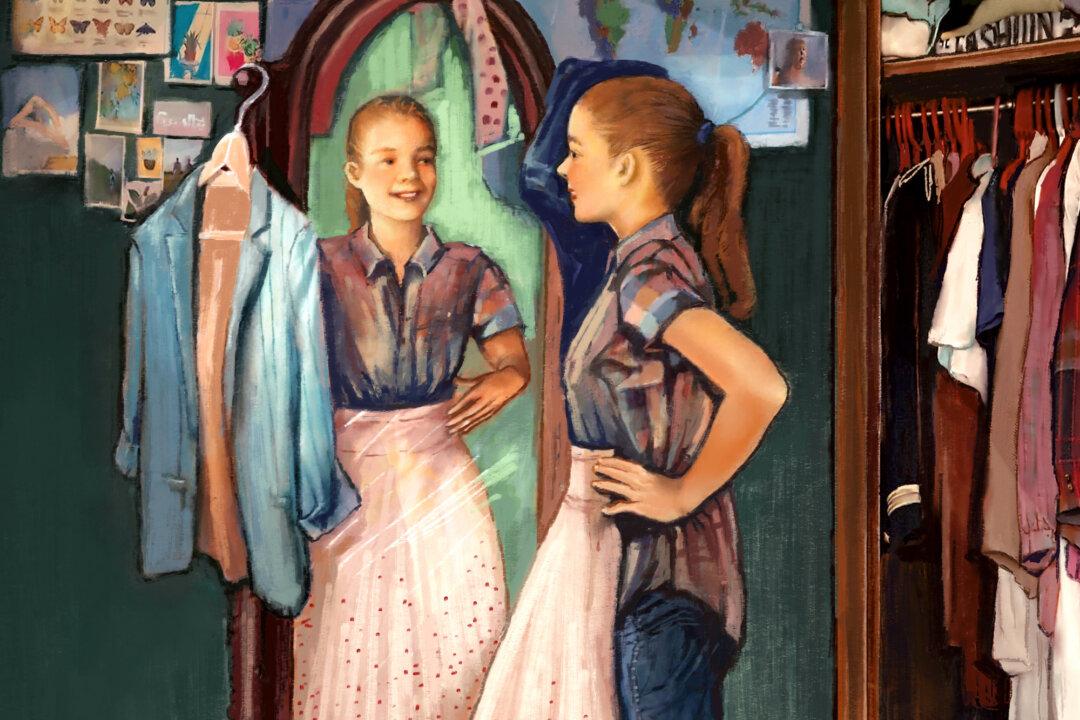Fashion has been hijacked by our hypersexualized woke culture. The extent of that hit me last summer when I saw two young women near our house.
The first was walking her dog with her boyfriend. She was wearing only a G-string bikini. The second was standing at the bus stop. She was a very young, cute, fresh-faced girl wearing a red and black bikini that was attached to various garter belts, stockings, and complete with high heels. And this was on the same day in a suburban neighborhood!


